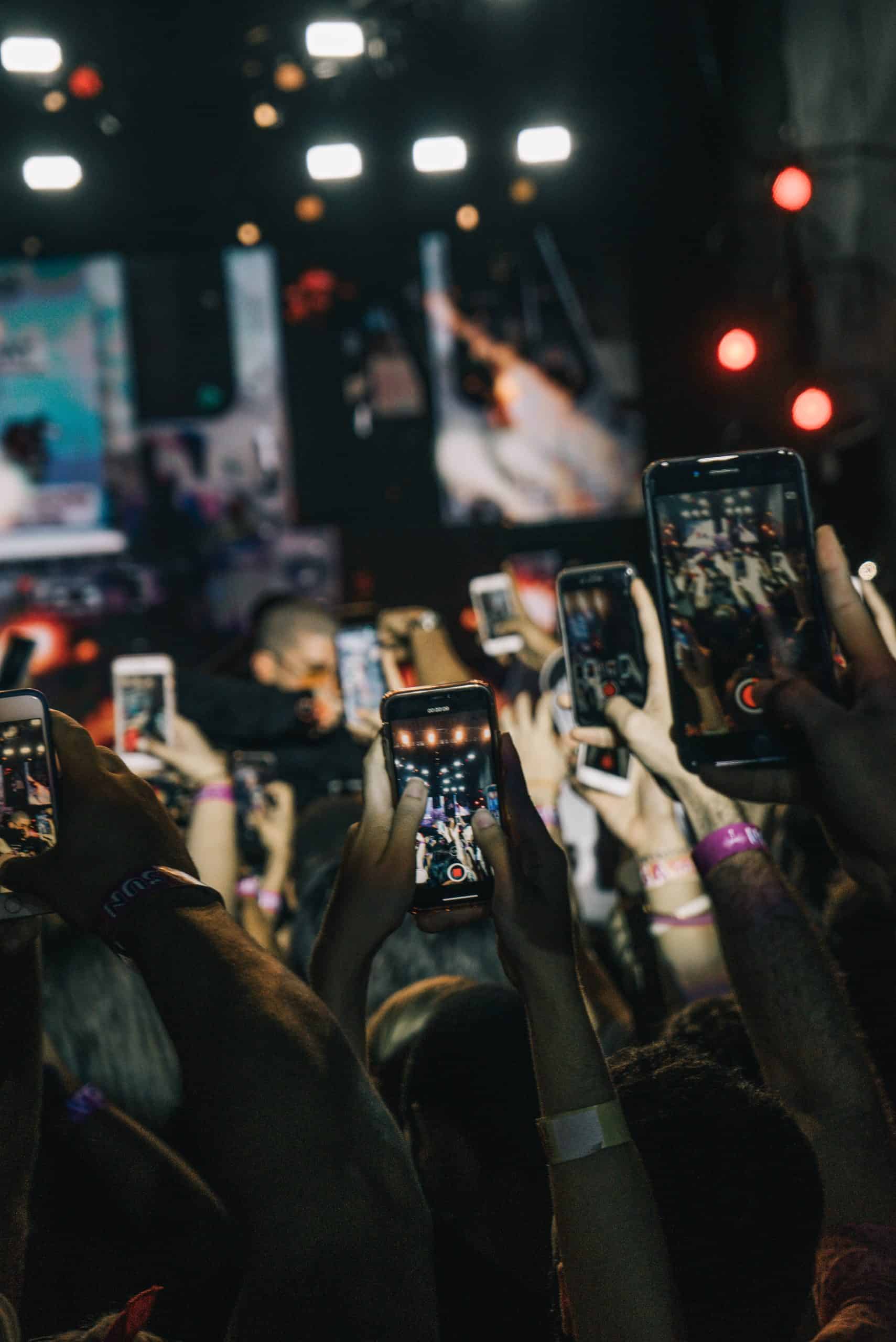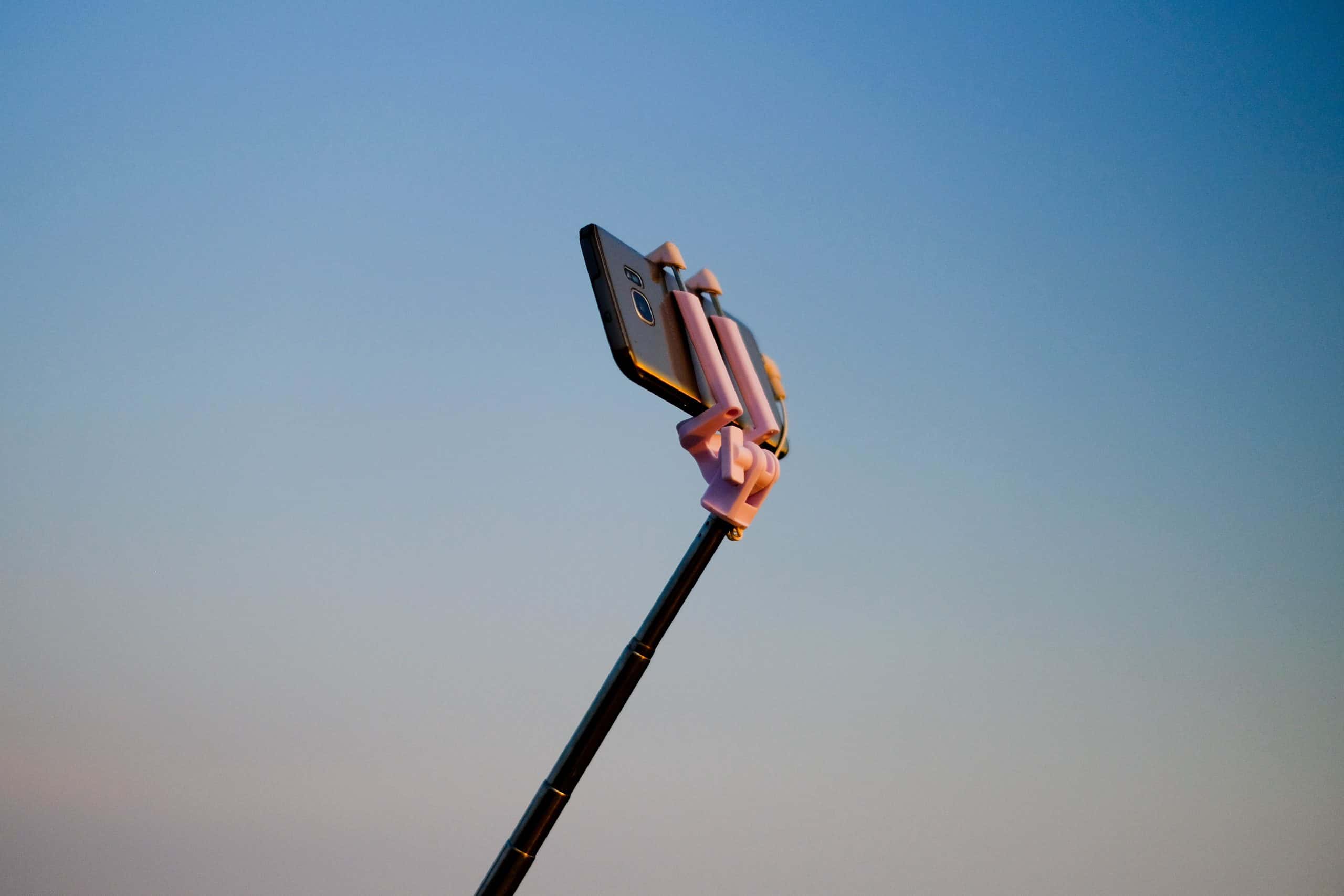In the era of social media dominance, influencers play a significant role in shaping consumer behavior and brand promotion. However, with the increasing popularity of influencer marketing, a new challenge has emerged: determining the authenticity and credibility of an influencer’s followers. Fake followers can skew engagement metrics, mislead brands in their selection process, and ultimately compromise the effectiveness of influencer campaigns. To tackle this issue head-on, Modash has developed advanced algorithms to accurately calculate fake followers on various social media platforms. In this article, we will explore how Modash employs innovative techniques to identify fake followers and provide valuable insights into building reliable and successful influencer partnerships. While identifying fake followers is crucial, for those looking to enhance their online presence authentically, considering services that offer real TikTok followers can be a strategic move.
What is Modash and its purpose?
Modash is a powerful influencer marketing platform designed to help businesses connect and collaborate with influencers across various social media platforms. Its main purpose is to provide brands and marketers with a comprehensive toolset to effectively manage influencer campaigns, track performance metrics, and measure the ROI of their collaborations. Modash offers features like advanced search filters, audience analytics, campaign management tools, and real-time performance tracking.
When it comes to calculating fake followers, Modash utilizes a sophisticated algorithm that analyzes an influencer’s engagement rate, follower growth patterns, audience demographics, and other relevant data points. By comparing these metrics against industry benchmarks and using machine learning techniques, Modash can identify accounts with suspicious or inconsistent follower behavior. This helps brands ensure they are partnering with genuine influencers who have authentic followership and engagement levels rather than those who artificially inflate their numbers through bots or fraudulent tactics. By utilizing Modash’s fake follower detection capability, businesses can make more informed decisions when selecting influencers for their campaigns and protect themselves from potential scams or ineffective collaborations.

Definition: What are fake followers?
Fake followers are social media accounts that do not represent real or genuine individuals. These accounts are typically created by automated bots or purchased from services that offer fake followers to boost a user’s follower count. Fake followers can be easily identified by their lack of engagement, such as low likes, comments, and shares on posts. These accounts often have unrealistic usernames, generic profile pictures, and limited activity on the platform.
Modash calculates fake followers by using an algorithm that analyzes various metrics and indicators of an account’s authenticity. This includes evaluating factors like the ratio of followers to following, the consistency of engagement over time, and the quality of interactions with other users. By examining these aspects, Modash can provide insights into the likelihood of an account having a significant number of fake followers.
The calculation also considers other suspicious activities such as sudden spikes in follower counts or a high percentage of inactive or dormant accounts among a user’s followers. Modash’s advanced technology enables it to distinguish between real users and fake ones accurately. This information is crucial for individuals and businesses looking to assess the credibility and potential reach of influencers they may want to collaborate with for their marketing campaigns.
Methodology: How does Modash identify fake followers?
Modash uses a combination of advanced algorithms and machine learning techniques to identify fake followers on social media platforms. Firstly, it analyzes engagement metrics such as likes, comments, and shares to determine if they are consistent with the number of followers an account has. If an account has a large number of followers but low engagement rates, it can be a red flag for fake followers.
Additionally, Modash examines the quality of the follower accounts by assessing various factors like profile pictures, bios, and posting habits. Fake follower accounts often have generic or stock images as profile pictures and lack personal details in their bios. They may also exhibit irregular posting patterns or primarily share spammy content.
Furthermore, Modash looks at patterns in following behaviors. If an account follows a large number of other accounts in quick succession or if there is an unusually high percentage of mutual follows between different accounts, it suggests that these relationships may be artificially created for boosting follower numbers.
By combining these methodologies and analyzing multiple data points from social media profiles, Modash is able to accurately identify fake followers and provide users with valuable insights into the authenticity of influencers’ audiences.

Metrics: What factors does Modash consider in calculation?
Modash considers various factors in the calculation of metrics, especially when it comes to identifying fake followers. One crucial factor is engagement rate – the level of interaction between an influencer and their audience through likes, comments, and shares. By analyzing this metric, Modash can determine if an influencer’s followers are genuinely engaging with their content or if they are just passive followers.
Another important factor is audience quality. Modash examines the geographical distribution and demographic data of an influencer’s followers to assess whether they align with the target audience specified by a brand or campaign. If there is a significant number of followers from regions or demographics unrelated to the desired target market, it could indicate a presence of fake or irrelevant followers.
Furthermore, Modash takes into account sudden spikes in follower count as a potential red flag for fake followers. If an influencer experiences an abrupt increase in their following without any evident reason (such as going viral), it raises suspicions that these new followers might be bought or obtained through unauthentic means. Overall, Modash utilizes multiple factors to accurately calculate metrics like fake follower counts and provide brands with reliable insights for effective influencer marketing strategies.
Accuracy: How reliable are Modash’s calculations?
Modash utilizes a combination of advanced algorithms and machine learning techniques to calculate the authenticity of followers. The platform analyzes various metrics such as engagement rates, follower growth patterns, user activity, and content quality to determine the likelihood of fake followers. By comparing these metrics with industry benchmarks and patterns exhibited by legitimate accounts, Modash is able to provide reliable assessments.
One key element that contributes to Modash’s accuracy is its ability to detect unusual behavior among followers. This includes identifying suspicious patterns such as sudden spikes in follower count or abnormal levels of engagement. By flagging these discrepancies, Modash helps users identify potentially fraudulent accounts that may be inflating their follower numbers artificially.
Additionally, Modash constantly updates its algorithms based on new data and trends in the influencer marketing landscape. This ensures that its calculations remain accurate over time and adapt to emerging tactics used by fake followers. While no system can claim 100% accuracy due to the ever-evolving nature of social media platforms, Modash’s commitment to continuous improvement enhances its reliability in assessing the authenticity of followers.

Limitations: Are there any limitations to Modash’s calculations?
Modash’s calculations for identifying fake followers certainly have their limitations. One major limitation is that Modash relies heavily on data and algorithms to determine if an account has fake followers. While these methods can be highly accurate, they are not foolproof. There may be instances where genuine accounts are mistakenly flagged as having fake followers or vice versa.
Another limitation of Modash’s calculations is that they primarily focus on quantitative metrics, such as engagement rates and follower growth patterns. This means that the tool may overlook more subtle signs of fake followers, such as suspicious activity or inauthentic comments. In other words, Modash’s calculations might not capture all types of fake followers, which could lead to incomplete insights for users.
Moreover, it is important to note that Modash’s calculations work best when analyzing larger accounts with a significant number of followers. For smaller or lesser-known profiles, the accuracy of the results may be lower due to limited data availability and less reliable patterns to analyze.
In conclusion, while Modash provides valuable insights into identifying fake followers through its calculations, users should also consider these limitations and use additional methods and tools for a more comprehensive evaluation of social media accounts.
Conclusion: The importance of detecting fake followers
Modash calculates fake followers by analyzing various factors such as engagement rates, follower growth patterns, and audience quality. By closely examining these indicators, Modash can determine whether an account has a significant number of fake or inactive followers. This information is crucial for brands and influencers as it helps them make informed decisions when choosing who to collaborate with.
Detecting fake followers is of utmost importance in the world of social media marketing. Fake followers not only skew engagement metrics but also deceive brands into thinking they are reaching a wider audience than they actually are. This can lead to wasted time, resources, and potentially damage a brand’s reputation if they unknowingly associate themselves with accounts that have purchased fake followers.
In conclusion, Modash’s ability to accurately identify and quantify fake followers provides invaluable insights for both brands and influencers. By detecting these fraudulent accounts, marketers can optimize their campaigns by targeting genuine audiences who will truly engage with their content. The importance of detecting fake followers cannot be overstated in today’s saturated social media landscape where authenticity reigns supreme.